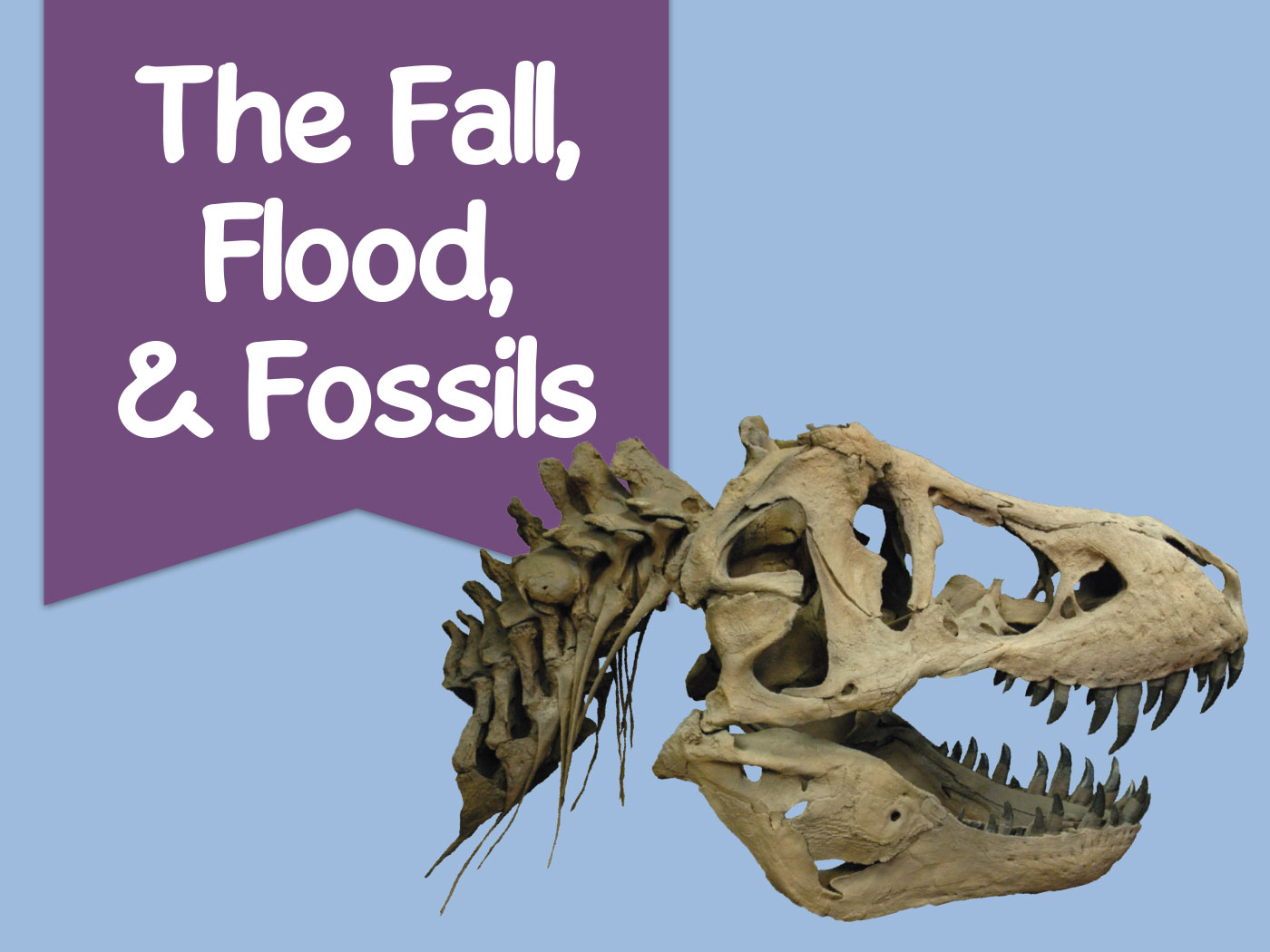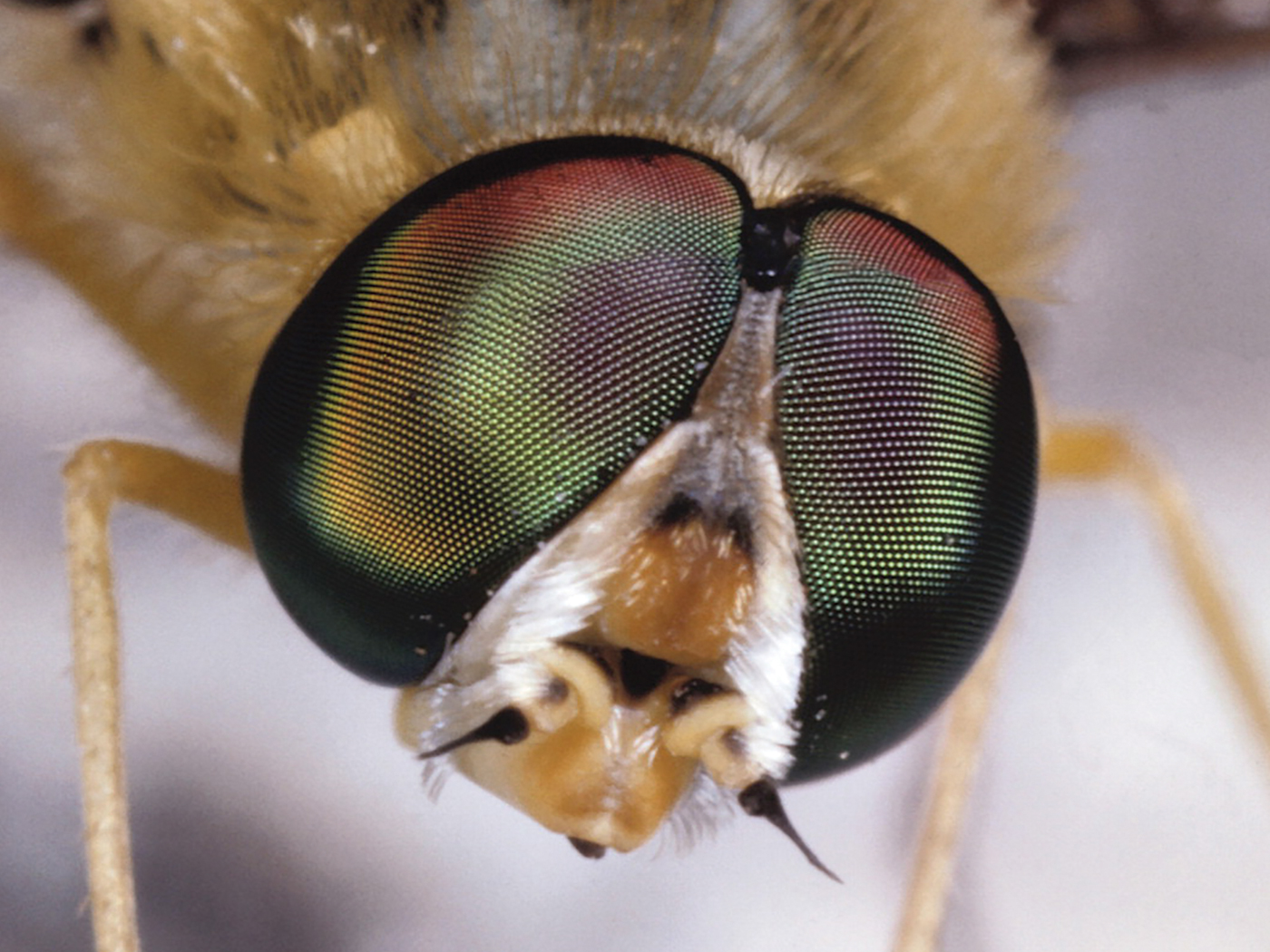In the wake of Hurricane Sandy, a house stood in ruins. What destroyed it? Did Sandy “total” it, or was it structurally defective well before the storm struck? Surely forensic science can help answer such questions, since it is supposed to be an objective process that seeks out and finds the truth about past events—and specifically cause-and-effect events. But even forensic science can be frustrated when selective biases or subjective agendas corrupt the analysis of the facts.
Hurricane Sandy, the largest Atlantic hurricane in U.S. history, wreaked havoc in October 2012.1 Scores suffered the complete destruction of their homes, and hundreds of others filed flood insurance claims.
In the aftermath, some insurance companies disagreed about what caused the property damage. The claimed losses led to forensic investigations and more than 1,000 lawsuits. Federal Judge Gary Brown strove to resolve many disputes:
Two years ago [in 2012], the crushing force of Hurricane Sandy devastated large areas of this judicial district. While much has been done to facilitate recovery, assistance has not been consistent or timely, leaving some homeowners behind—even those who properly paid for flood insurance. This Court has invested significant resources in an effort to facilitate efficient resolution of the more than 1,000 cases arising from Hurricane Sandy.2
The trial judge described the insurer’s chicanery in refusing to approve payment of legitimate claims as a series of “reprehensible practices,” rationalized and masquerading as “peer review.”
Specifically, the judge said the “disguise of peer review” was being used to revise and even reverse the forensic facts so that insured homeowners were procedurally abused, in clear violation of court orders to produce records relevant to proving or disproving the insureds’ damage claims.2
An expert had inspected one storm-damaged home, and his original report (issued December 9, 2012) indicated that the home was structurally damaged “by hydrodynamic forces associated with the flood event of October 29, 2012,” and that “repair of the building is not economically viable” (i.e., it was totaled).2
However, the insurance carrier wrongfully withheld this report and instead produced a substitute report (dated January 7, 2013) that said the home “was not structurally damaged by hydrodynamic forces…associated with the subject flood event” because structural problems were “caused by long-term differential movement of the supporting soils at the site and long-term deflection of the building framing.”2
Based on the substitute report, the insurance company refused to pay the flood damage claim. What caused the inspection report’s revision?
At the hearing, [the report’s author] and a second witness explained that the radical changes in his report resulted from a “peer review process,” though the description of that process varied greatly.…[U]nder the guise of “peer review,” [the reviewing peer who did not do any actual research] transformed the report to indicate a conclusive absence of storm damage.2
In other words, the reviewer sabotaged the parts most unfavorable to the insurance company. Reliable testimony proved this kind of “peer review” abuse was commonplace in the industry. Labeling it “misleading,” Judge Brown issued a remedial and punitive sanctions ruling.2
Is this kind of peer review abuse relevant to origins science?
Yes. Like the above peer review abuse example that censored and corrupted the transmission of forensic facts, agenda-driven peer review abuses can taint science journals.
A recent article in Nature described peer review approval scams.3 Similarly, peer review disapproval scams reject creation scientists’ research, due to evolutionary biases. This is essentially suppressing the truth in unrighteousness (Romans 1:18-23; 3 John 1:9-10; 1 Timothy 6:20).
So, next time you hear someone faulting a creation scientist for not having research journalistically approved by Darwinists’ “peer review” process, remember that peer review processes can be selectively abused and corrupted by what Judge Brown called “reprehensible practices.”
References
- In America, Hurricane Sandy caused 147 direct deaths, at least 75 indirect deaths, and about $70 billion in property damages (as estimated in March 2014). Sandy’s diameter reached 1,100 miles, with storm surges that caused tidewater flooding up to 7.9 feet above normally dry ground. See U.S. NOAA, National Weather Service, “Hurricane /Post-Tropical Cyclone Sandy, October 22-29, 2012” and the National Hurricane Center’s Tropical Cyclone Report, both posted at www.nhc.noaa.gov, accessed December 1, 2014.
- In re Hurricane Sandy Cases (Raimey & Raisfeld v. Wright National Flood Insurance Company), 2014 WL 5801540, *1, *3 (E.D.N.Y. 2014) (Gary R. Brown, U.S. District Judge).
- Ferguson, C., A. Marcus, and I. Oransky. 2014. Publishing: The peer-review scam. Nature. 515 (7528): 480-482 (analyzing “peer-review rigging in recent years”).
* Dr. Johnson is Associate Professor of Apologetics and Chief Academic Officer at the Institute for Creation Research.

















